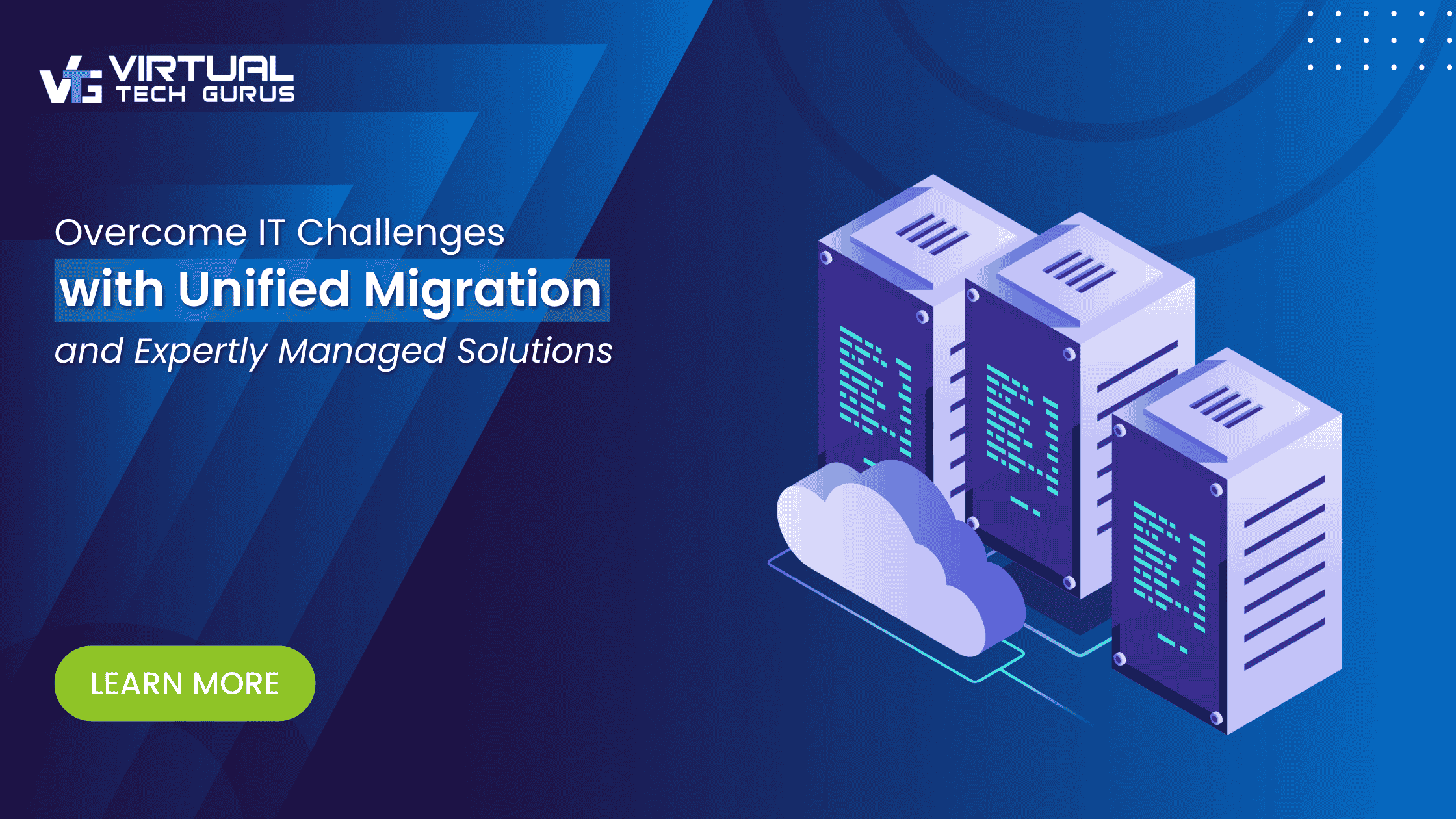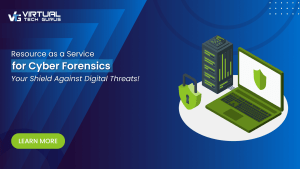The rate of technological advancement is still increasing exponentially. Software is easier to use, hardware is more potent, and code is more effective.
Hackers and other online criminals are developing new skills and ways to disrupt and steal data from the networks of businesses of all kinds. Business leaders must ensure that their businesses are ready to maintain a secure network both now and in the future.
Continue reading this blog to learn how your network and data are safeguarded by network security against hacks, invasions, and other dangers.
This is a broad and all-encompassing phrase that refers to processes, regulations, and settings pertaining to network use, accessibility, overall threat prevention, and hardware and software solutions.
How Do You Secure Your Network?
Network security guards networking infrastructure against data loss, modification, and unwanted access. Network segmentation for security is another component of it. This process entails splitting your network into areas and employing firewalls as barriers between them.
Any action intended to safeguard your network’s usability, and data integrity is considered a kind of network security.
- Both hardware and software technologies are included.
- It aimsseveral hazards.
- It prevents them from accessing or propagating over your network.
- Access to the network is controlledby effective network security.
However, taking the proper steps helps keep a network secure.
How to Strengthen Network Security
There are several methods for enhancing network security. Consider the following strategies to boost network security without the need for new hardware or large tweaks:
- Use virtual private networks (VPNs):VPNs let businesses securely share data with people outside the company.
- Implement fundamental security procedures:Every firm should implement basic network security procedures, including encryption, virus prevention, and password security.
- Monitor often:To reduce the possibility of attacks, detect possible vulnerabilities, and fix them, network infrastructure should be continuously evaluated.
- Encourage security awareness training.Companies that take a proactive stance toward network security should routinely inform their personnel about the most recent security dangers and how to avoid and respond to them.
The importance of a secure network
It can be secure only when a network has all three essential elements-confidentiality, integrity, and availability. The CIA triad is an established standard for developing any firm’s network security policies.
Network design is getting more sophisticated in a world where the Internet of Things (IoT) is the new standard. However, hackers continually advancing and looking for new ways to identify and exploit weaknesses provide a persistent danger to this system.
There are vulnerabilities in various areas, including individuals, locations, devices, data, apps, and other data. Therefore, even a little interruption might result in high costs.
An organization can deliver products and services reliably and safely thanks to network security. The first line of defense against any severe cyberattacks is this kind of security:
- Distributed denial-of-service (DDoS)
Distributed denial-of-service (DDoS) attacks slow down or prevent the use of services by flooding a network with fictitious traffic spikes.
- Malware
Infections with malware include ransomware programs that encrypt data and demand payments in exchange for decryption keys, worms that spread swiftly over a network, and spyware programs that let an attacker monitor user activity.
- Insider threats
Employees who purposefully or unintentionally harm the network or leak data are considered insiders.
- Advanced Persistent Threats (APT)
An APT attack is a dangerous online menace that often begins with a compromised network.
- Exploits for security flaws:
Attackers use vulnerability exploits to find weak spots in login portals, programs, devices, or other places to get into a network.
Unsecured networks are dangerous.
It’s crucial to keep networks safe. We must safeguard confidential information while continuing to run our business. Risks are reduced to achieve this.
It is a gamble to deal with network threats because of their unexpected nature. For example, an operating system, the software used by a company, a router or firewall, or any other system running on a computer or network might be a target for threats.
Contrary to common opinion, smaller businesses are more susceptible to network and cyber threats than bigger firms. For many organizations, especially the smaller ones, resources may be scarce. The top network security firms will provide the most effective services.
How is network security implemented?
Secure networking is based on two essential principles: authentication and authorization. In other words, you must first confirm that every user on your network is a real person with permission to be there, and then you must confirm that each user has permission to access the particular data they are accessing.
Before allowing access to a system, authentication involves verifying the user’s identity. A network has three options for user verification:
- One-factor authentication: A user must provide their username and password to log in.
- Two-factor authentication: The user enters their login and password, but the network demands additional proof. Systems frequently request something the user already has, such as a credit card, a mobile phone, or a security token.
- In addition to two-factor authentication, a network requires voice, fingerprint, or retinal scanning biometric recognition for three-factor authentication. Data centers are secured using this security method, as well as others.
The user logs in once the network has confirmed their identity. The level of access is then decided by authorization using network policies. Authentication and authorization help prevent unwanted access, but they do not scan network traffic for malicious material.
Malicious traffic is kept out of the network by a firewall. Intrusion prevention systems (IPS) and antivirus software detect dangerous activities on a network. Additionally, some businesses analyze traffic and look for live threats using machine learning and behavioral analytics.
Network Security Controls
The most common network security measures are physical, technological, and administrative controls. Here is a basic explanation of the many forms of network security and how each control operates.
Physical network security
Physical security measures prevent unauthorized employees from physically accessing network equipment such as routers and cable cabinets. Therefore, every firm needs access control measures, including locks, biometric identification, and other gadgets.
Technical Network Security
Data stored on the network or that is in transit across, into, or out of the network is protected by technical security mechanisms. Data and systems must be safeguarded against unauthorized access and malicious employee behavior. Protection is required on both fronts.
Administrative Network Security
Security procedures and rules that regulate user behavior, such as how users are verified, what degree of access they have, and how IT staff members update the infrastructure, make up administrative security controls.
Network security for clients and businesses
Any business interacting with networked data and systems should prioritize network security. Network security can manage network traffic more effectively, improve network speed, and ensure safe data exchange between workers and data sources, in addition to defending assets and data integrity from external attacks.
You can defend your networks from attack and unnecessary downtime with the use of a variety of tools, programs, and utilities.
VTG provides a range of network security solutions that consolidate, streamline, and guarantee strong network security throughout your organization. Get in touch with us today to learn more.





